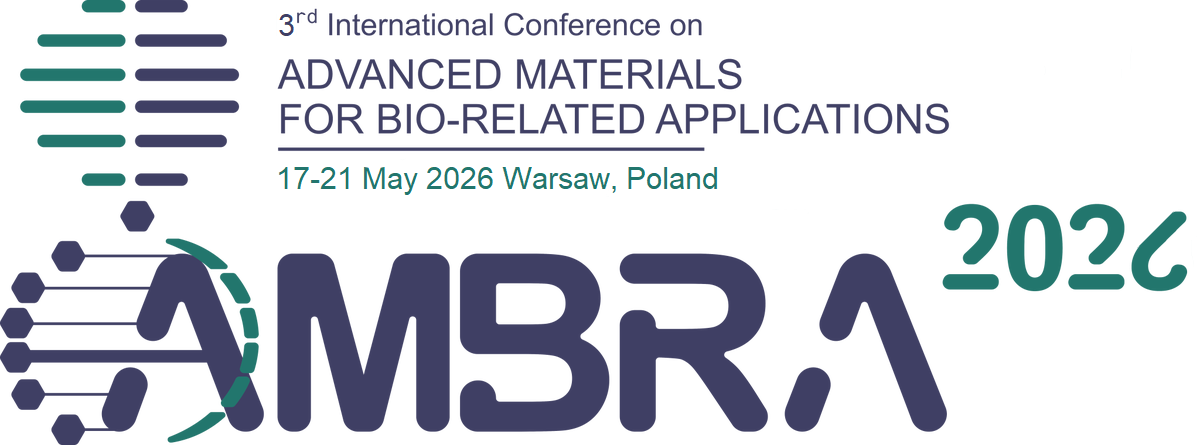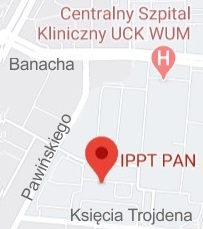| 1. |
Amirhossein N.♦, Ansari R.♦, Eghbalian M.♦, Sahmani S., Postek E., Novel insights into mechanical behavior of hydrogen-functionalized TPG and NTPG nanosheets via molecular dynamics simulations,
COLLOIDS AND SURFACES A-PHYSICOCHEMICAL AND ENGINEERING ASPECTS, ISSN: 0927-7757, DOI: 10.1016/j.colsurfa.2025.138110, Vol.726, No.138110, pp.1-13, 2025 Streszczenie:
Triphenylene-based graphdiyne (TPG) and nitrogen-doped TPG (NTPG) are recently developed two-dimensional nanomaterials with promising mechanical and electronic potential. The current study presents the first exploration of the hydrogen-functionalized TPG and NTPG nanosheets subjected to a uniaxial tensile loading condition using molecular dynamics simulations. The developed computational approach introduces a novel random functionalization scheme to improve the attributed structural stability. The Tersoff potential is employed to model the intra-layer interactions within the TPG. On the other hand, the interactions at the site of functionalization are described by the Dreiding force field for C and H atoms, supplemented by the Lennard-Jones (LJ) potential. The minimization process is applied via the conjugate-gradient technique, and following that, the system undergoes a canonical ensemble (NVT) simulation at 300 K with a timestep of 0.001 ps. In this step, the Nose–Hoover thermostat algorithm controlled the fluctuation of thermodynamic parameters, and the structure
surpassed a stable status. The achieved numerical results demonstrate that hydrogen coverage significant influences on the mechanical behavior, including failure stress and strain, Young’s modulus and toughness of TPG as well as NTPG nanosheets. For the both of nanosheets, increasing the hydrogen functionalization from
2.5 % to 10 % results in a consistent decline in mechanical properties. In the X direction, TPG shows a reduction
in ultimate stress from 15.08 GPa to 9.47 GPa, while NTPG drops more sharply from 30.87 GPa to 18.38 GPa. A similar trend is observed across the Y direction, with TPG decreasing from 11.42 GPa to 9.29 GPa, and NTPG from 30.35 GPa to 22.69 GPa. Słowa kluczowe:
Triphenylene graphdiyne, Nitrogen-doped TPG, Hydrogen functionalization, Molecular dynamics simulation, Mechanical properties, Afiliacje autorów:
| Amirhossein N. | - | inna afiliacja | | Ansari R. | - | inna afiliacja | | Eghbalian M. | - | inna afiliacja | | Sahmani S. | - | IPPT PAN | | Postek E. | - | IPPT PAN |
|  | 70p. |

















